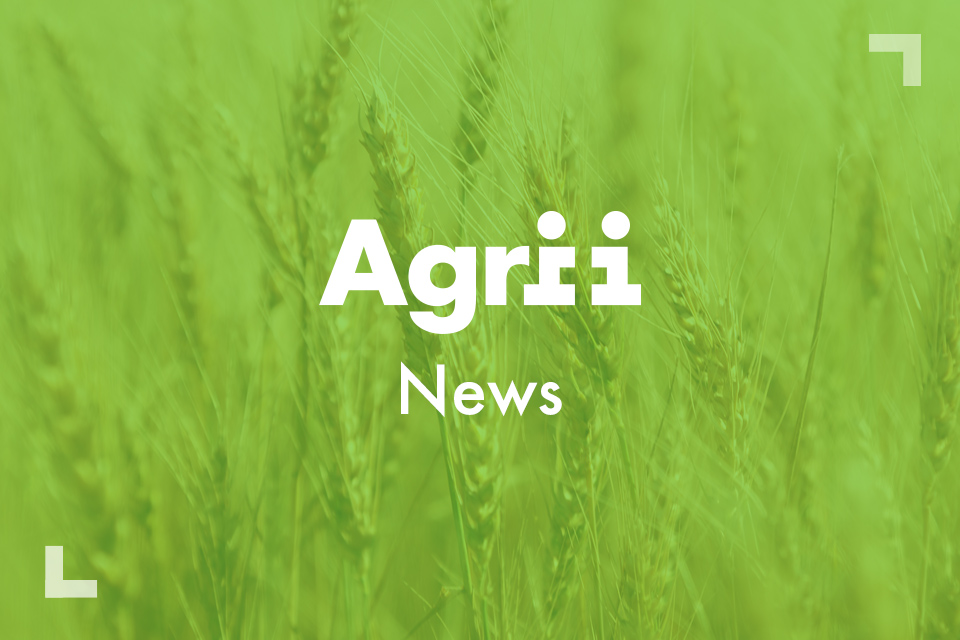Managing the gut round worm burden in lambs is essential if lambs are to grow well and reach slaughter weight (or tupping weight for replacement ewe lambs) with minimal concentrate feeding and extra cost.
Planning the season’s worm management strategy can start before lambs are born. Assessing pasture contamination from the previous grazing season (a major factor in spring and early summer parasite challenges) allows the grazing management plan to be tailored to avoid grazing young lambs on high risk pastures.
Wormers are vital for any worm control plan, but reliance purely on wormers in the past has led to the development of anthelmintic resistant worm populations.
Most farms will have a degree of resistance to one or more of the three older wormer classes 1, 2 and 3. Worryingly, around one quarter of farms has had resistance to more than one active1.
While wormers may appear to be working, enough worms can be left behind after treatment to significantly impact growth rates, which can be reduced by up to 50% without any visible signs4.
Checking to see what has been left behind after any treatment is the best way to identify the problem early.
Grazing management can also help to manage worm challenge and reduce reliance on wormers. When wormers are used, three factors will drive the development of resistant worm populations4:
- Over use e.g. frequent use of the same group or dosing animals ‘just in case’, when the worm burden is low.
- Under dosing (under-estimating animal weights and/or not calibrating dosing equipment) - allows more worms to survive treatment, increasing the frequency of resistant genes in the population
- Worming animals when the refugia population is low (i.e. the part of the worm population not exposed to the treatment, e.g. worm eggs and larvae on pasture).
This reduces the chance of ‘diluting’ resistant worms surviving treatment, most likely when lambs are dosed and moved to clean pasture, or when ewes are wormed at lambing time.
The worm challenge to grazing lambs is heavily weather dependent. Hot dry conditions of summer mean that there is little or no worm challenge from June to August on many farms, with no need to treat during those months. A warm, damp following autumn allows the worm population to flourish, so the level of worm challenge can increase dramatically from September to November.
See www.scops.org.uk/nematodirus.
Checking lamb dung samples for worm egg counts is an easy way to monitor worm burdens, ensure lambs are treated when they need it and that treatments are not wasted when burdens are low.
Collecting 10 fresh samples for a pooled worm egg count will give a good indication of the worm burden in the group. If samples are collected 7 days after treatment with a grp 2-LV (yellow) wormer, or 14 days after all other groups, this will let you know if any worms have been left behind.
As the predominant worm species changes through the grazing season, repeating the ‘drench check’ after every treatment will give an idea of which worms are surviving which treatments.
https://farmanimalhealth.co.uk/uk-fah-worms
for video tips on sampling.

Approach Us
We’re here to help your business ambitions. See how we could work together, we’d love to hear from you.
Let's Talk
Livestock Support
The nutritional work we are involved with has shown major advantages in health and temperament
Animal Nutrition

Grassland Nutrition
Getting the basics right is fundamental to efficient production.
Grassland Nutrition
Featured News
News - 17/12/24
Agrii’s new glasshouse facilities to promote better research
News - 12/12/24
From Soya to Sustainability
News - 04/12/24
The Importance of Soil Health in Sustainable Farming
News - 02/12/24
PRF1: Unlocking Payments through Precision Applications
News - 28/11/24
Living Up to SFI and Its Actions: An Agrii Perspective




